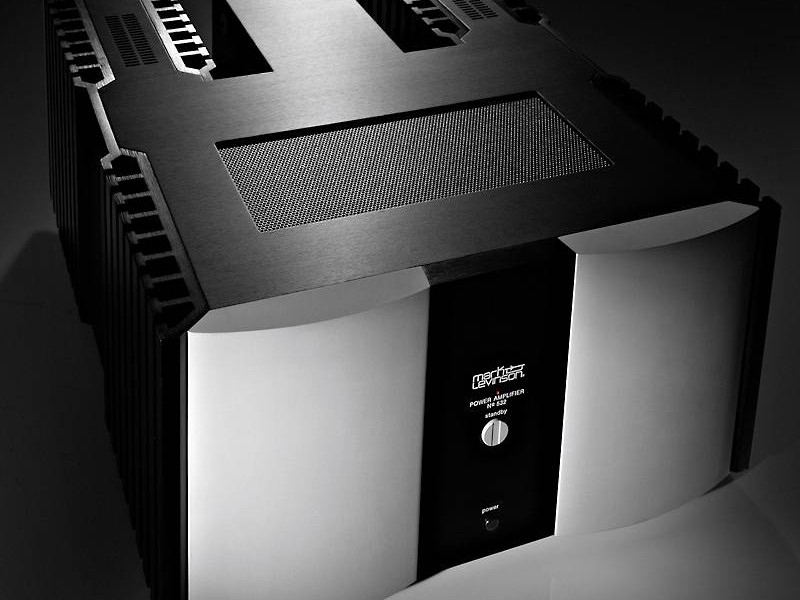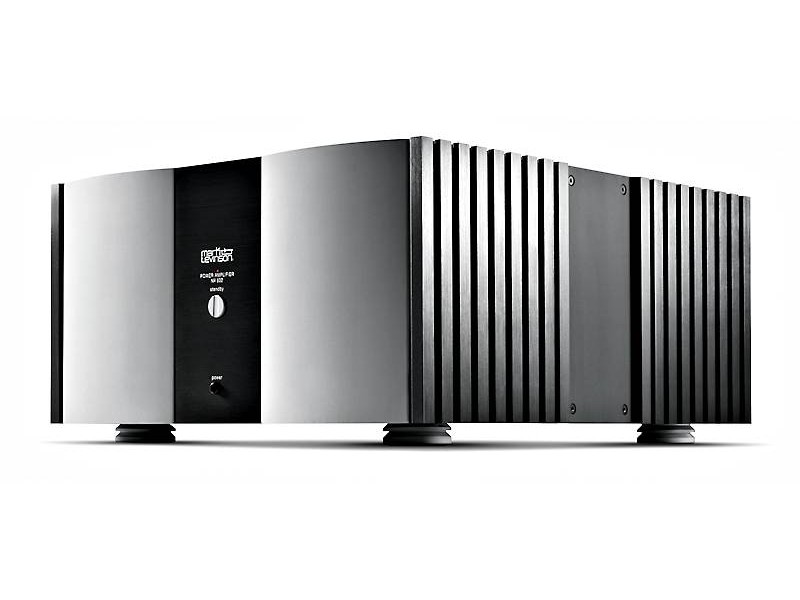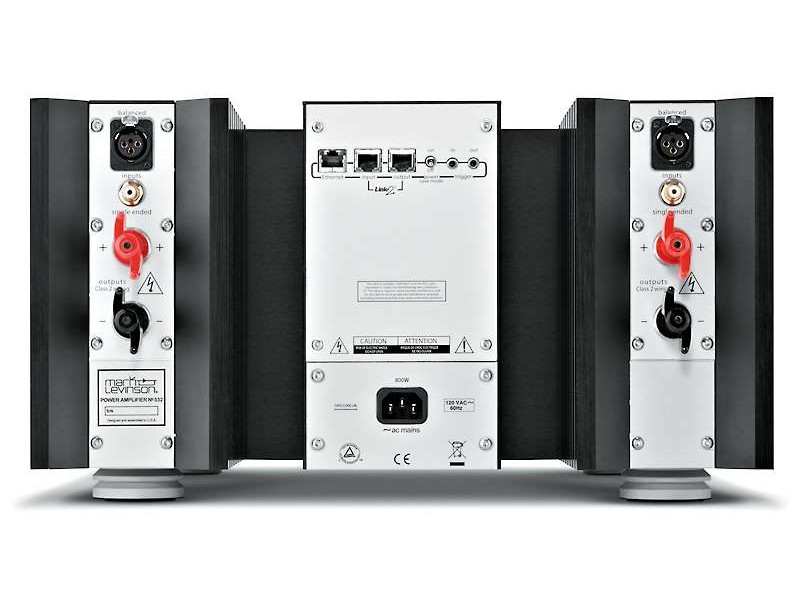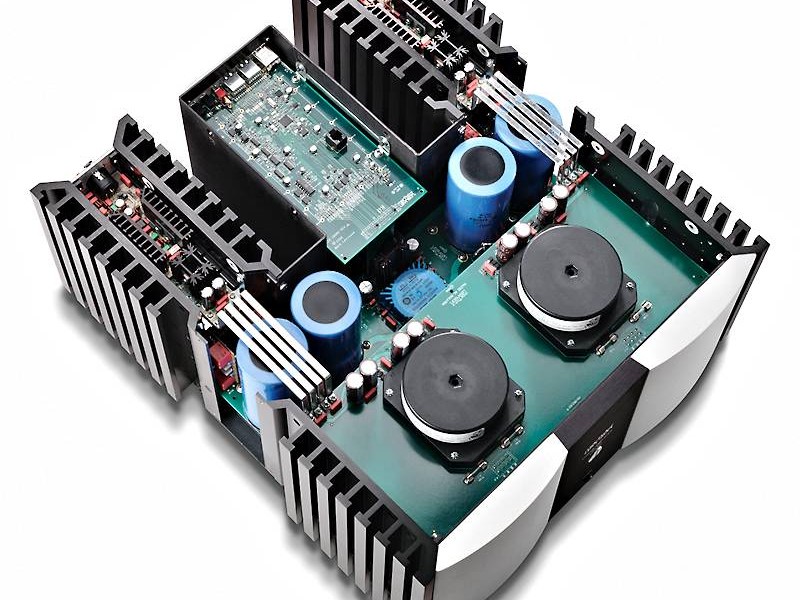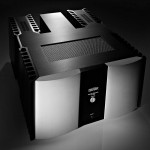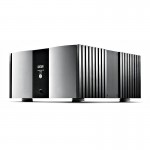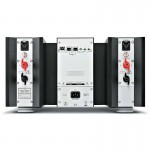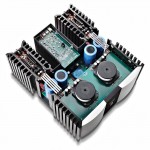The Nº 532’s meticulous craftsmanship is evident in the uniquely engineered design. To create the optimum power delivery system, the chassis of the Nº 532 is specially designed to isolate the audio circuits from interference and noise. When viewed from above, the rear portion of the power amplifier has three distinct piers. Control and power circuitry reside in the center pier, separate from the audio circuitry, which resides in the two outer piers – one dedicated to each channel. The power transformers are located at the front of the chassis, away from the audio circuits. This unusual design provides a number of important advantages – isolation of the potentially noisy power and control circuits from the delicate audio circuits, additional heat sink surface area for cooling, and very short signal and power delivery paths.
Additionally, special care was taken in the design and implementation of the voltage regulator circuitry. Multiple stages of regulator circuits are employed, using a combination of series and shunt elements, custom-tailored to the audio circuitry for which they provide power. These discrete, low-noise, wide-bandwidth circuits are in close proximity to the audio signal path they power, but placed on a separate circuit board to minimize interaction with the audio signals and prevent corruption of low-level signals. The result is higher resolution, better bass definition, greater focus and more precise dynamic control. Similarly extraordinary measures were taken with the design of the toroidal power transformers, which filter mains-born noise from the secondary power supply and help ensure any capacitance that normally exists between the windings is knocked down to prevent it from finding its way into the delicate audio circuits. The power supplies are placed very close together to maximize magnetic field cancellation, and as far away from the audio signal path as possible to further reduce the potential for interference.
The compact design of the Nº 532’s circuitry allows the signal path to be tighter and shorter, reducing parasitic capacitances and minimizing propagation delay and phase shift. The end result is a faster, wider bandwidth and a cleaner output signal with very low impedance level and minimal signal degradation. Lastly, the audio signal output path contains 24 output devices per channel, providing an impressive power capability while minimizing crossover distortion.
The first non-reference Mark Levinson amplifier to be fully differential, the Nº 532 provides both RCA and XLR connectors that accept balanced signals directly into the input stage of the amplifier with no additional circuitry. Also, it is the first Mark Levinson linear amplifier to incorporate through-hole parts specifically for critical signal-path components and surface-mount components for building smaller circuits with higher performance. With the recent evolution of semiconductors, it is now possible to build more compact circuits, and obtain better transient response with greater stability and enhance immunity from noise sources.
As music and cinema systems continue to grow more complex, integrating individual components takes on greater importance. To address the increasing demand for more control and communications capabilities, the Nº 532 features Mark Levinson’s proprietary ML Net and Link2 inter-device communication protocols, allowing the Nº 532 to be easily integrated and controlled by other Mark Levinson devices. The Nº 532 also provides a traditional 12V trigger input and output to synchronize on/standby status with other devices that do not include ML Net or Link2. An RS-232 port also allows the Nº 532 to be controlled by units from industry leaders such as AMX™, Crestron® and other third-party integrated control systems.

